Description
Our Centrifugal Pumps are engineered for smooth, continuous, and energy-efficient flow of liquids in residential, commercial, and industrial operations.
Built with precision-balanced impellers, heavy-duty bearings, and corrosion-resistant materials, these pumps deliver consistent performance even under demanding conditions.
SMP SYSTEMS offers a complete range of single-stage, multistage, end-suction, and vertical inline centrifugal pumps, designed to handle a wide variety of fluids — from clean water to corrosive chemicals.
All models comply with CSA, ISO, and CE standards, ensuring high safety, quality, and performance across Canada and globally.
Types of Pumps Offered:
-
End-Suction Centrifugal Pumps – General-purpose water and fluid transfer
-
Multistage Centrifugal Pumps – For high-pressure and booster applications
-
Vertical Inline Pumps – Compact, space-saving design for process systems
-
Self-Priming Centrifugal Pumps – Ideal for suction lift and dewatering
-
Close-Coupled Pumps – Compact units for commercial installations
-
Split Casing Pumps – For large flow and high-efficiency water handling
-
Chemical-Resistant Centrifugal Pumps – For corrosive or aggressive fluids
Technical Specifications
| Parameter | Specification |
|---|---|
| Pump Type | Single-Stage, Multistage, End-Suction, Vertical Inline |
| Flow Range | 10 – 3000 L/min (customizable) |
| Head Range | Up to 200 meters |
| Pressure Range | Up to 25 bar |
| Power Rating | 0.37 kW – 250 kW |
| Material of Construction | Cast Iron, Stainless Steel (SS304 / SS316), Bronze, Duplex Steel |
| Impeller Type | Enclosed / Semi-Open / Open |
| Seal Type | Mechanical / Gland Packing / Magnetic Drive |
| Operating Temperature | -10°C – 120°C |
| Drive Options | Electric Motor, Diesel Engine, VFD Controlled |
| Protection Class | IP55 / IP68 |
Key Features:
-
High-efficiency flow design with low energy consumption
-
Durable and corrosion-resistant materials
-
Smooth and quiet operation with minimal vibration
-
Easy to install and maintain
-
Available in horizontal and vertical configurations
-
Compatible with water, chemicals, and light slurries
-
Meets Canadian safety and environmental standards
-
Custom-built options for industrial systems
Applications:
-
Water supply and distribution systems
-
Industrial process and cooling operations
-
Irrigation and agricultural systems
-
HVAC and building services
-
Chemical and pharmaceutical industries
-
Food and beverage process lines
-
Firefighting and pressure boosting systems
Certifications & Compliance:
-
CSA Certified – Safety and electrical compliance for Canada
-
ISO 9001 – Quality Management Systems
-
CE Marking – European conformity
-
API / ANSI Standards – Process and industrial compliance
-
RoHS – Environmentally responsible materials
-
Energy Efficiency Compliance – Meets Canadian energy standards
-
Health & Safety (Canada) – Workplace and environmental safety certified
📩 For technical assistance, quotations, or customized pump solutions, contact us at: sales@smpssystems.com

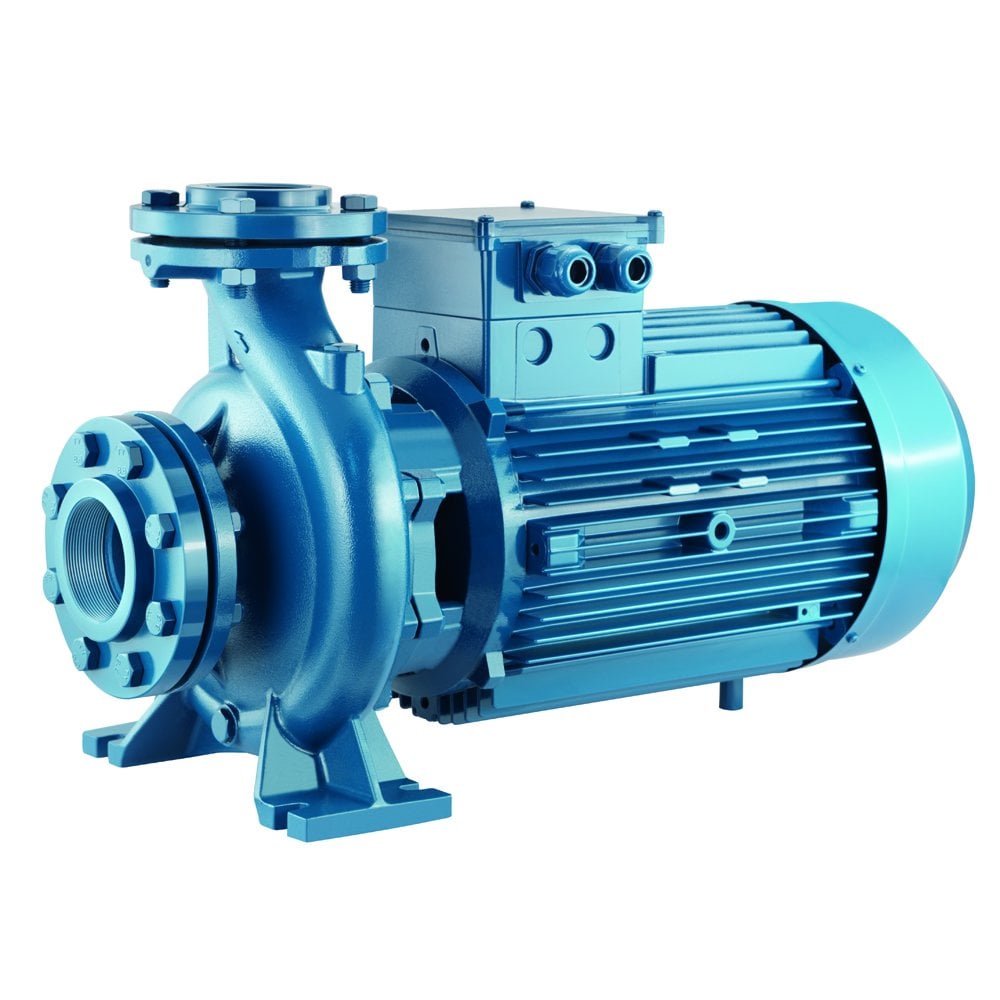
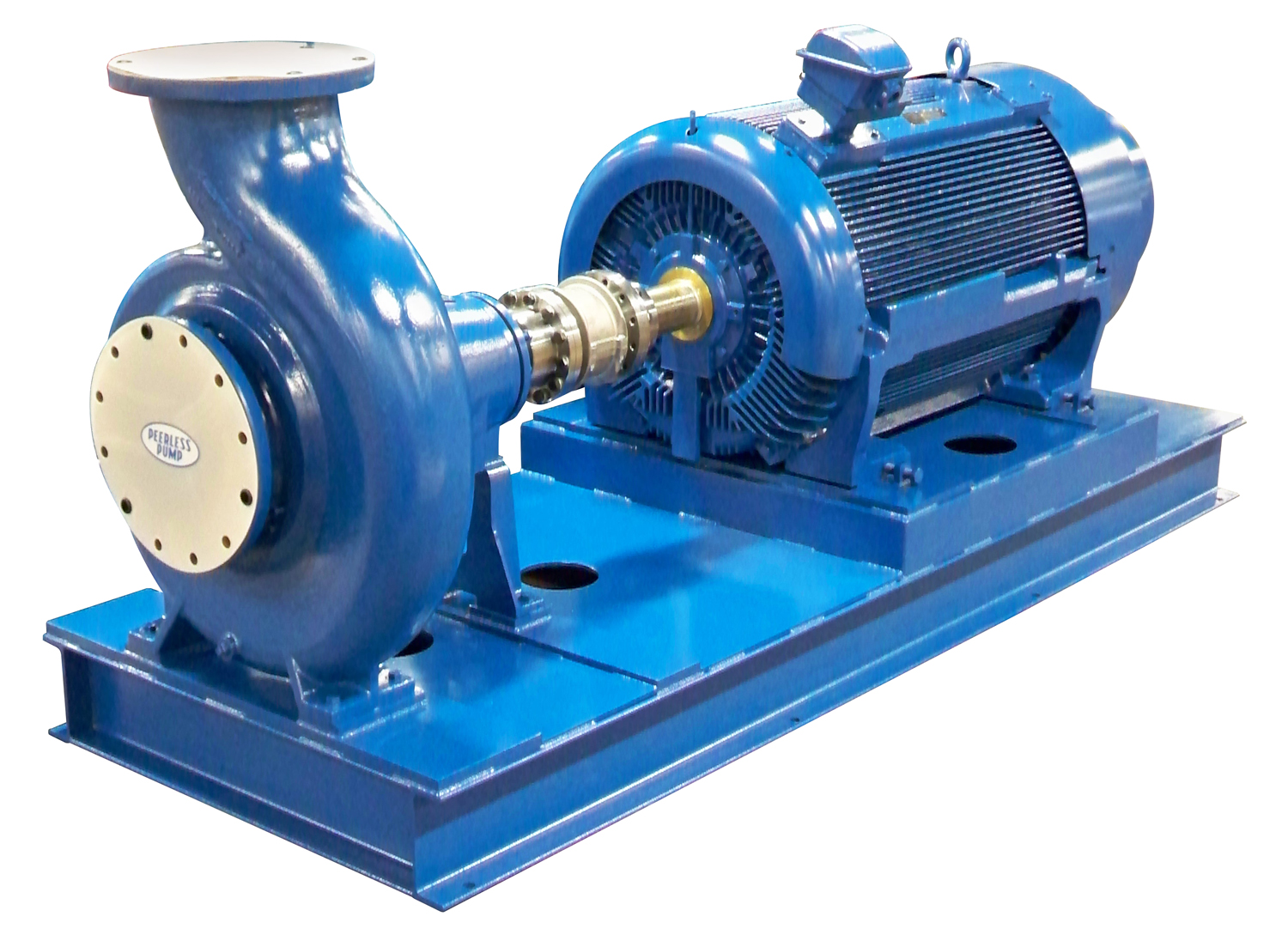
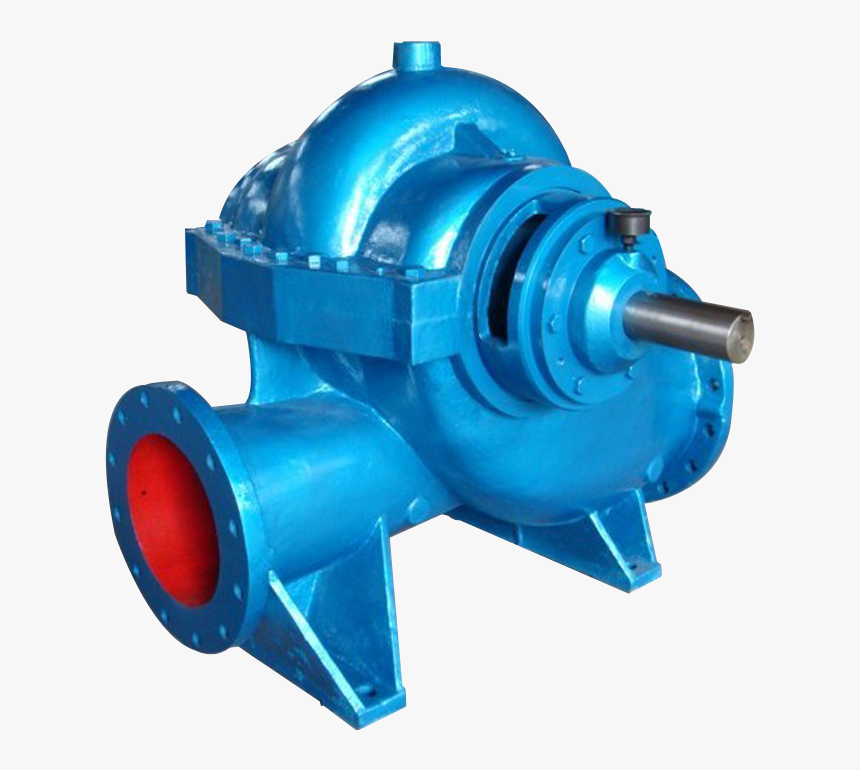
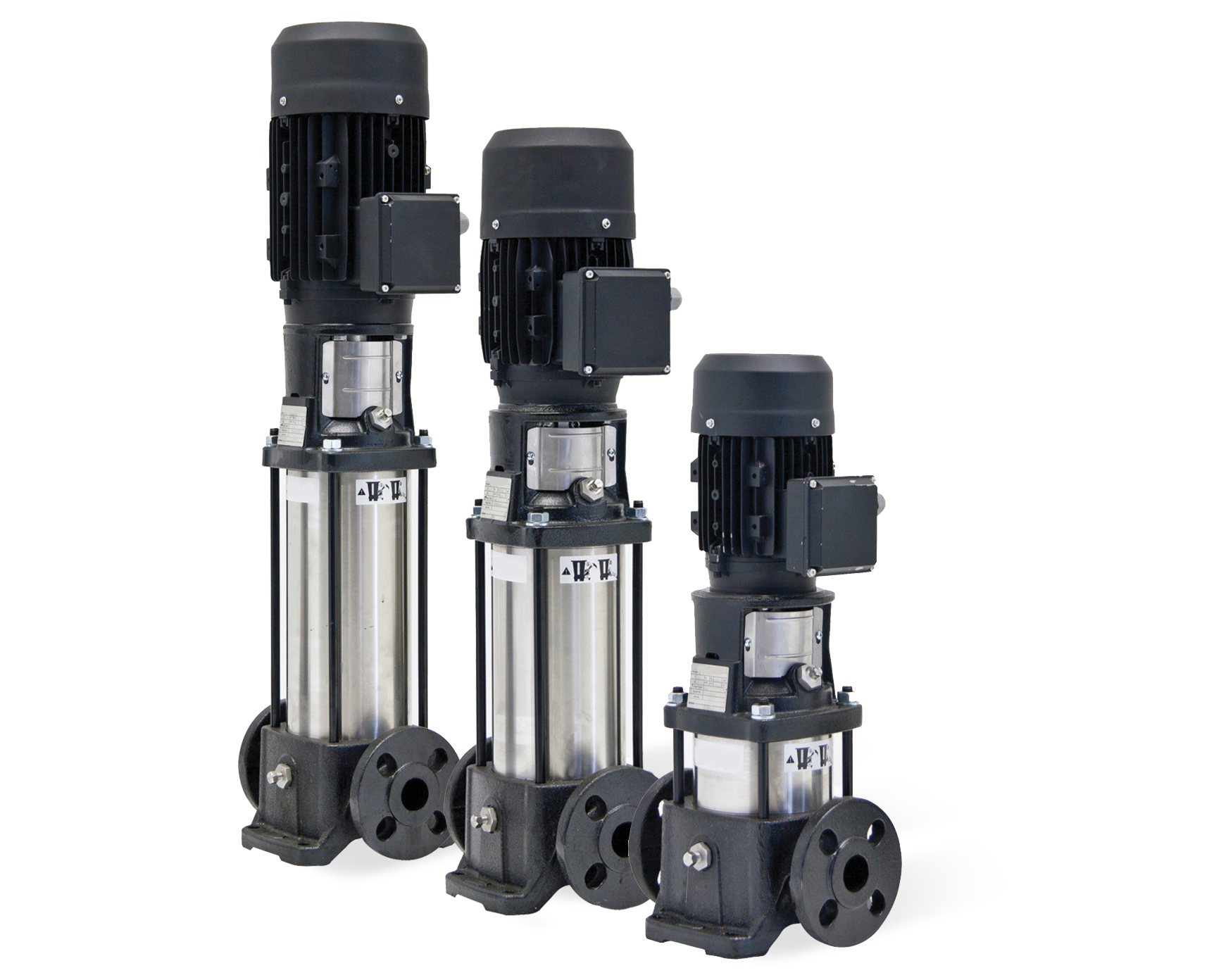
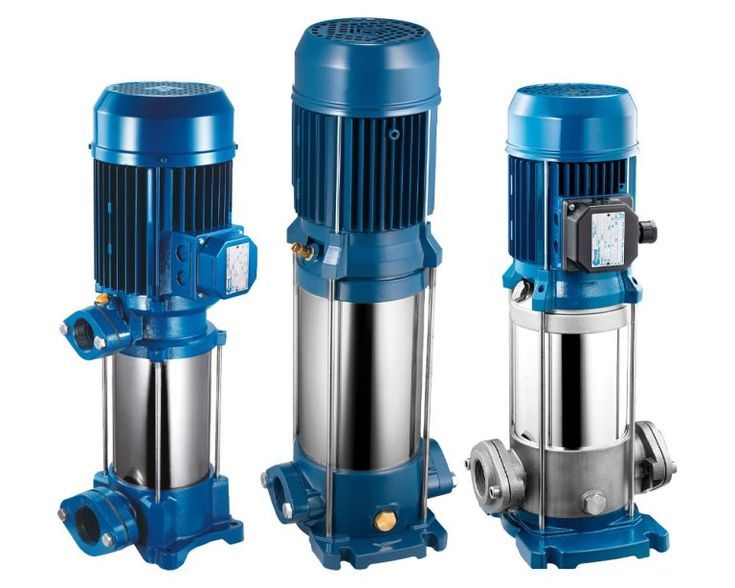
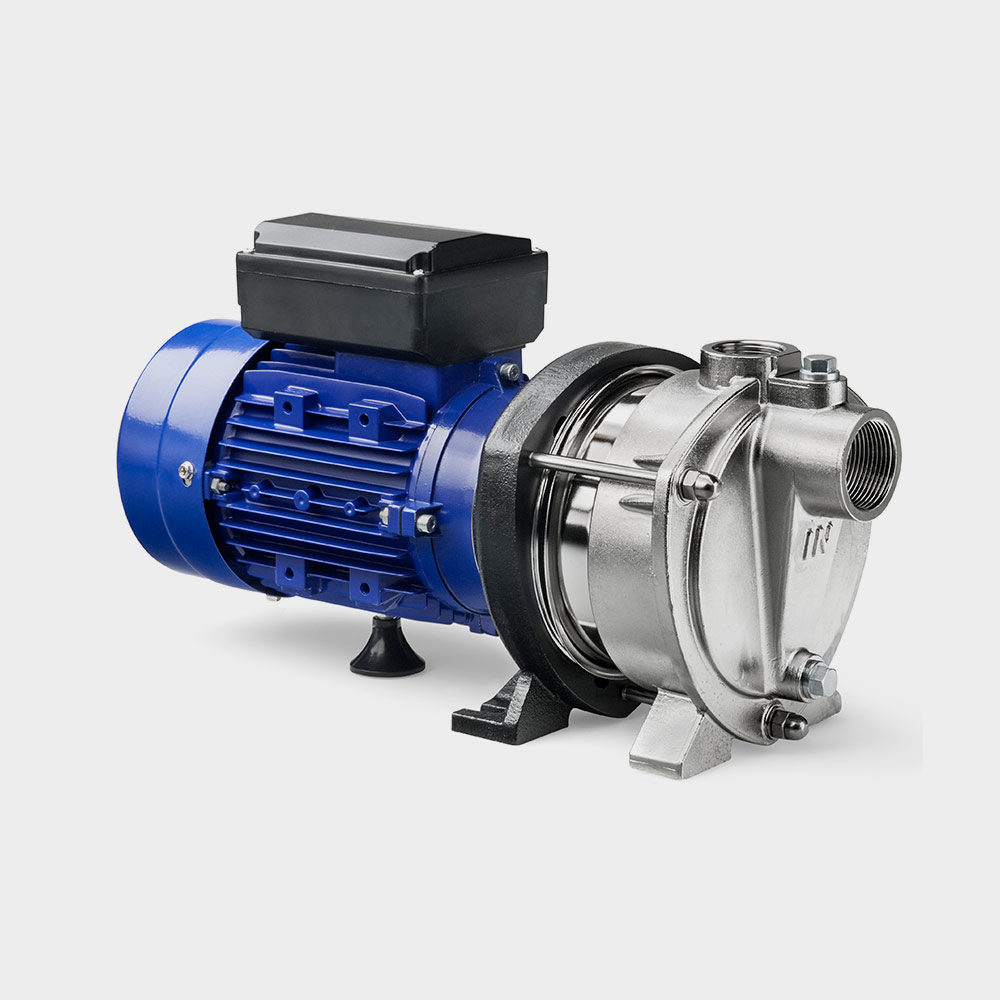
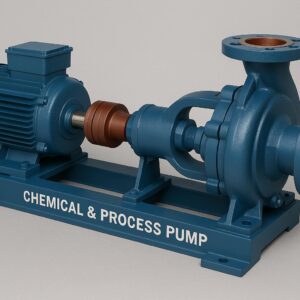
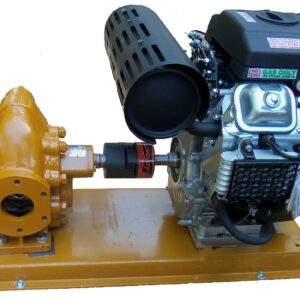

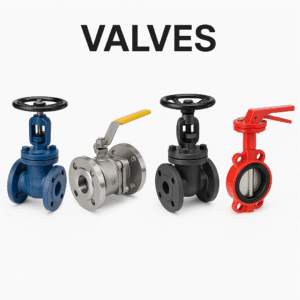
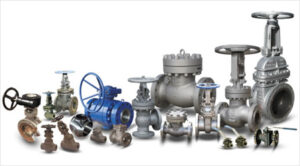
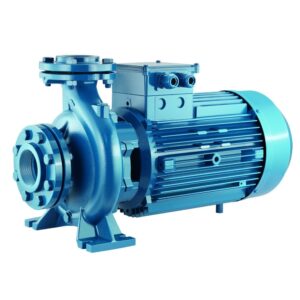
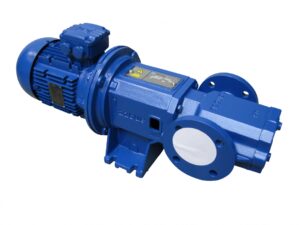
Reviews
There are no reviews yet.